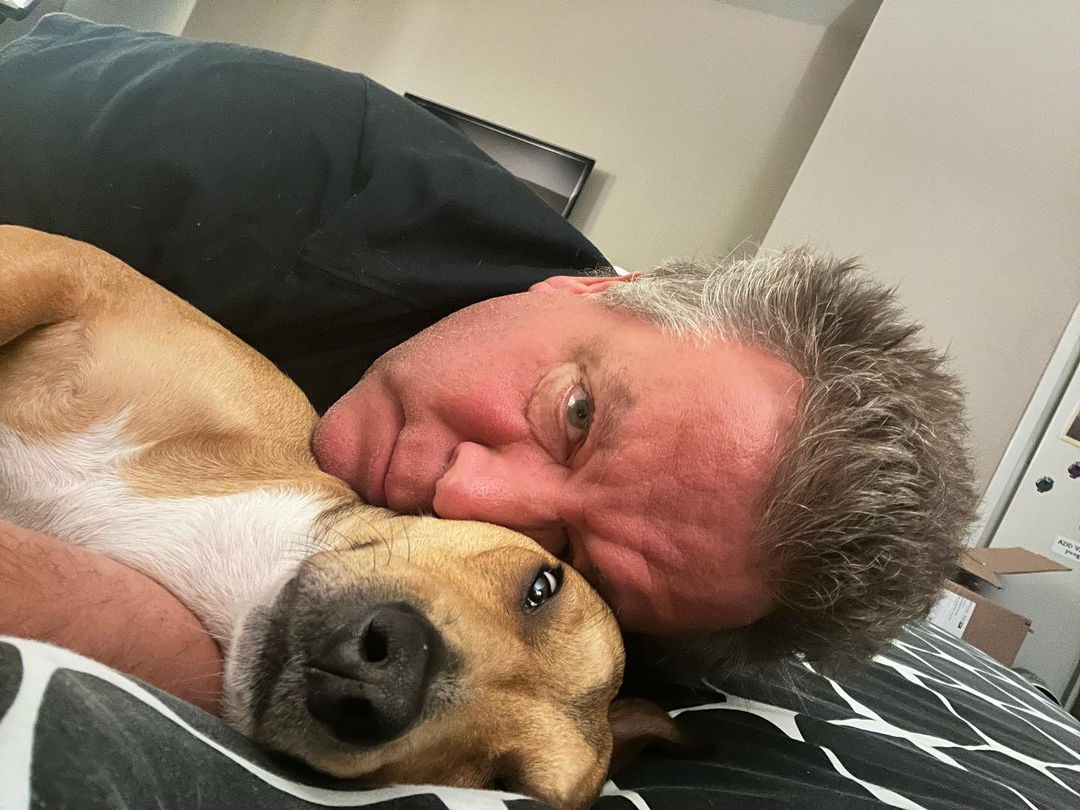Let’s have a chat with the PR Expert : Peter Shankman!
We were beyond thrilled to have Peter Shankman join us on the show last week! We’ve been huge fans of his for years, he’s not only a PR guru but also the brilliant founder of HARO (now SOS Media Queries), a tool we rely on daily. In this episode, Peter shares amazing tips and insights that can help your pet business or animal nonprofit.

If you can’t listen, here is the recap!
Alex: Hi Peter, can you tell us a bit more about yourself?
Peter: Not much to tell. I am an entrepreneur. I’ve started five companies, I’ve sold three of them, currently run two of them. I am a born and raised New York City kid who was told most of his young life as a kid, most of his child life to sit down and stop interrupting the class. And it wasn’t until I got into my mid 30s, early 30s, mid 30s actually, where I was diagnosed with ADHD and realized that all of my success was because of my ADHD, not in spite of it.
Alex: And we’re back with Peter Shankman, the PR expert. Peter, what is one thing you see PR professionals or businesses doing wrong when it comes to pitching their story? And do you have any tips on how they can correct it?
Peter: I think one of the things that you need to understand about journalists is that your job is not to get yourself press; your job is to help a journalist. If you can help a journalist do their job better, you are guaranteed to get press. Too many people don’t realize that. Too many people go in and say, “Here’s my story and here’s why I’m great,” without thinking about the fact that the journalist is on a deadline and has a job to do. So the first thing I suggest is that you go into your story and your job with the realization that you want to help a journalist get the story they need, which in turn will give you the exposure you want. That means figuring out the best way to pitch that journalist. Are they on deadline? Do they have time? Do they need a short blurb or a longer pitch? Figure that out and give it to them. Your job is to make their life easier. Do that, and everything will be simple.
Mary: So, the people listening to this predominantly are small animal rescues and small pet brands, a lot of startups. And they’re trying everything to get some buzz for their organizations. Do you have any easy suggestions on how they can do it, especially when they don’t have any money?
Peter: Obviously, the key is to use services like HARO. The whole purpose of the service is to help small businesses that don’t have any money to get press, so that goes without saying. But I’d say number two is to make sure you have a story that the journalist can use. Know what the journalist wants, understand the information they’re looking for, and give them exactly what they need. Figure out a way to help them because, again, they’re there to do a job. If you can give them the right information and help them do that job better, your life will become so much easier, as will theirs. So, have a pre-planned pitch ready, and send it when it’s the right time. Send it when it’s exactly what they need. Figure out how you can send this in three paragraphs and tell them exactly what they’re looking for.
Mary: I often see press releases, especially when I was a TV news reporter, that were two or three pages long, and I’d think, “I’m not going to read this.” I usually would just read the headline and decide from there.
Peter: 100%. Can you create a story or a headline that tells exactly what they need and gives them what they’re looking for? If that’s the case, they will call you back, and you will get the press you want. It’s really about being fast and getting to the point. That’s it.
Mary: So you’re also known for your insights on customer experience and loyalty, and you wrote a book called Zombie Loyalists, using great service to create rabid fans. How can pet businesses use these concepts to stand out and build stronger relationships with their customers or supporters?
Peter: My best advice for this is to follow what Chewy.com does. When my cat, NASA, passed away—NASA was my 21-year-old rescue cat. I had a shipment on order with them, and it arrived, and I just forgot to cancel it. Of course, it was cat food, and when I got it, I was heartbroken. So I called them and told them my cat had passed. They told me not to return it, but instead donate it to a local rescue. Then, they sent me a card in memory of NASA. Even now, it chokes me up to talk about it. This is a multi-million dollar company doing something that personal. If they can do that, what can you do to connect with your customers? Customer service and experience are so bad everywhere that you don’t need to be perfect—you just need to suck slightly less than everyone else.
If you can do that, you’ll win.
